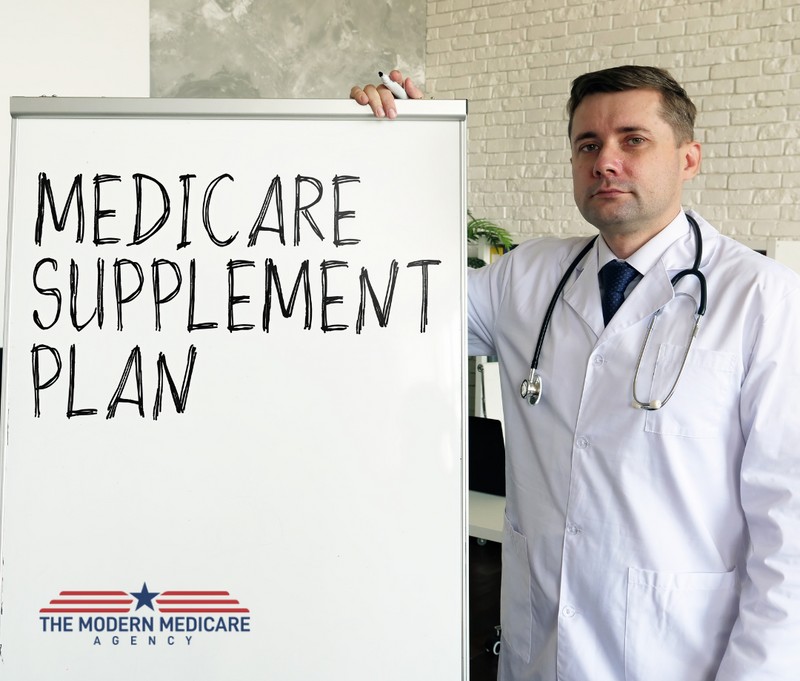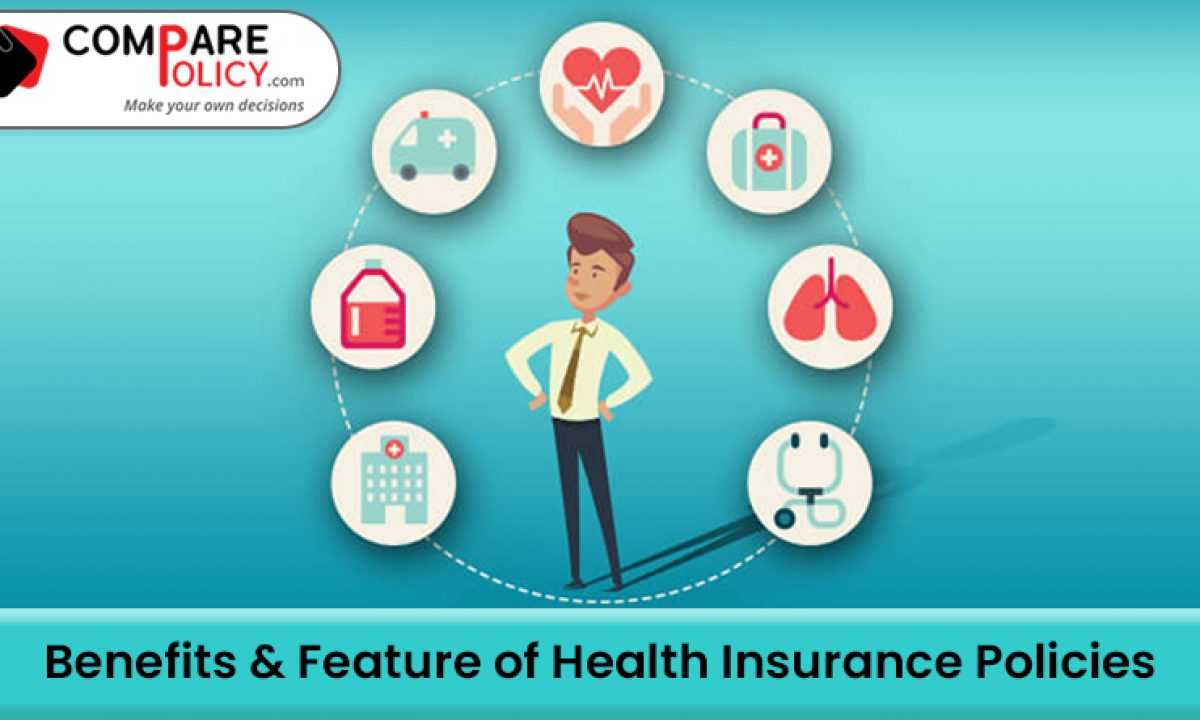Get This Report about Medicare Advantage Agent
Get This Report about Medicare Advantage Agent
Blog Article
Unknown Facts About Medicare Advantage Agent
Table of ContentsAll about Medicare Advantage AgentWhat Does Medicare Advantage Agent Do?More About Medicare Advantage Agent


follows from adheres to the relatively young age profile of the uninsured with without insurance better health, wellness average, standard younger persons. For those without access to work environment health insurance policy, poor health and wellness is a prospective barrier to buying nongroup protection due to the fact that such protection may be very priced, leave out pre-existing problems, or be just inaccessible. Unless otherwise noted, nationwide quotes of individuals without health insurance and percentages of the population with different kinds of protection are based on the CPS, the most extensively utilized source of price quotes of insurance protection and uninsurance rates.

The Of Medicare Advantage Agent
Over a three-year period starting early in 1993, 72 million individuals, 29 percent of the united state populace, lacked insurance coverage for at the very least one month. Within a single year(1994), 53 million people experienced at least a month without insurance coverage(Bennefield, 1998a). Six out of every ten uninsured grownups are themselves utilized. Working does boost the possibility that one and one's family participants will have insurance coverage, it is not a warranty. Even members of households with two permanent wage earners have practically a one-in-ten possibility of being uninsured (9.1 percent uninsured price)(Hoffman and Pohl, 2000 ). The connection between medical insurance and accessibility to care is well developed, as recorded later in this phase. Although the connection in between medical insurance and wellness results is neither direct nor easy, a considerable medical and health services research study literary works links medical insurance protection
to enhanced accessibility to care, much better top quality, and enhanced individual and population health and wellness condition. For instance, the 2nd report, on individual wellness results for without insurance grownups, is represented by the inner circle of the number, while the 3rd report, on household well-being, includes the topics of the 2nd report yet stresses a various unit of evaluation, specifically, the household. The 6th record in the series will present details concerning techniques and initiatives undertaken locally, statewide, or nationally to resolve the lack of insurance coverage and its negative influences. Degrees of evaluation for examining the impacts of uninsurance. This discussion of wellness insurance policy coverage concentrates primarily on the U.S. populace under age 65 since virtually all Americans 65 and older have Medicare or other public insurance coverage.
Moreover, it concentrates especially on those with no health insurance policy for any type of length of time. The problems encountered by the underinsured remain in some aspects comparable to those dealt with by the uninsured, although they are normally much less extreme. Uninsurance and underinsurance, however, entail noticeably different policy issues, and the strategies for resolving them may differ. Throughout this study and the five records to follow, the major emphasis gets on individuals without wellness insurance coverage and hence no assistance in paying for healthcare beyond what is available via charity and security internet establishments. Health insurance coverage is a powerful variable affecting invoice of care due to the fact that both people and physicians reply to sites the out-of-pocket price of services. Medical insurance, nevertheless, is neither necessary nor enough to access to medical services. However, the independent and direct result of health and wellness
insurance protection on accessibility to health solutions is well developed. Others will certainly get the healthcare they need also without health and wellness insurance, by paying for it out of pocket or seeking it from providers who use treatment complimentary or at extremely subsidized rates. For still others, health and wellness insurance coverage alone does not ensure receipt of treatment as a result of other nonfinancial barriers, such as an absence of wellness care service providers in their area, minimal access to transport, illiteracy, or etymological and cultural differences. Formal study about without insurance populaces click here for more in the USA dates to the late 1920s and early 1930s when the Board on the Expense important link of Treatment created a series of records concerning financing doctor workplace visits and hospital stays. This concern became prominent as the varieties of clinically indigent climbed throughout the Great Depression. Empirical studies continually support the link in between accessibility to care and improved health outcomes(Bindman et al., 1995; Starfield, 1995 ). Having a normal source of treatment can be considered a forecaster of access, instead of a direct action of it, when health end results are themselves utilized as accessibility indications. This expansion of the idea of gain access to dimension was made by the IOM Board on Keeping Track Of Access to Personal Healthcare Solutions(Millman, 1993, p. Whether or not moms and dads are insured shows up to impact whether or not their youngsters get care in addition to just how much careeven if the youngsters themselves have insurance coverage(Hanson, 1998). The health of parents can affect their capacity to take care of their kids and the level of family members stress. Fretting regarding their kids's accessibility to care is itself a source of tension for moms and dads. Three chapters adhere to in this report. Phase 2 gives an overview of just how employment-based health and wellness insurance, public programs and specific insurance plan run and interact to give comprehensive yet insufficient protection of the U.S. population. This consists of an evaluation of historic fads and public policies affecting both public and exclusive insurance policy, a conversation of the interactions amongst the various kinds of insurance, and an exam of why individuals move from one program to an additional or finish up

Report this page